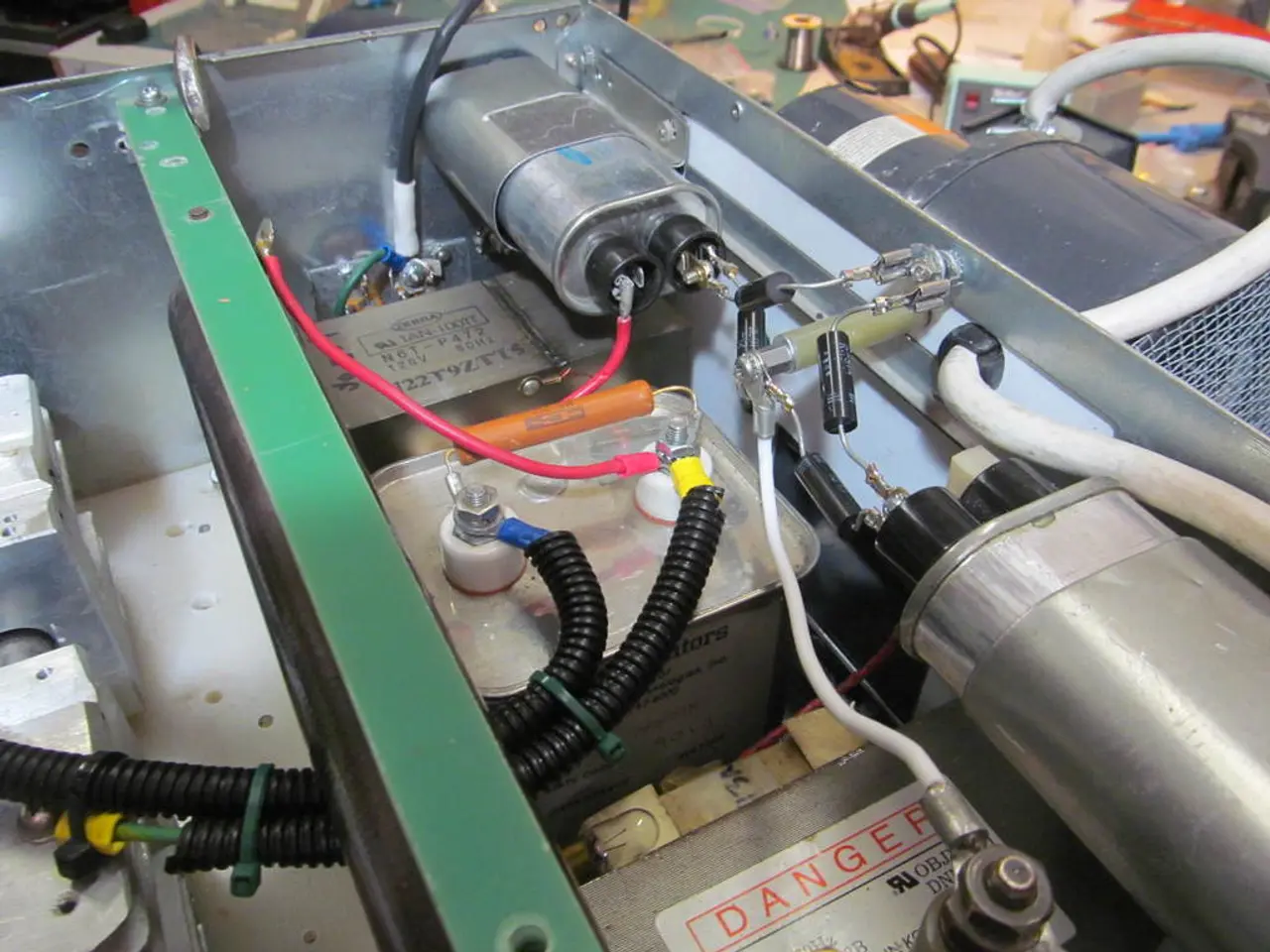Redesigned CAD Software: Streamlined Cable Harness Engineering Solution
In the rapidly evolving world of electronics engineering, a new tool has emerged that aims to simplify and streamline the design process for cable assemblies: Splice CAD. This browser-based platform offers a robust set of features and benefits tailored specifically for electronics engineers and designers.
Splice CAD's key features include the ability to define custom connectors with minimal or comprehensive details, a comprehensive cable definition tool that supports even the most obscure cable types, and a growing library of predefined connectors and cables to streamline the design process. The tool also boasts an intuitive node editor, allowing users to visually connect connector pins to cable wires and other pinned connectors, and automatic data retrieval from distributor websites, saving time and reducing errors.
One of the most significant advantages of Splice CAD is its accessibility. Being browser-based, it is accessible from any device with an internet connection, eliminating the need for specialized software installations. Additionally, features like read-only sharing and version control make it easier for teams to collaborate and keep track of design progress.
The efficiency of Splice CAD is another key selling point. The ability to define custom connectors, auto-populate data, and leverage a growing component library significantly speeds up the design process and reduces manual effort. Data accuracy is also improved thanks to automatic data retrieval from distributor sites, minimizing the risk of errors in component specifications.
Splice CAD is particularly exciting due to the lack of common cable harness design tools. While there are numerous software options for PCB design, the field of cable harness design has been relatively underserved. Splice CAD aims to address this gap, offering a comprehensive, accessible, and user-friendly solution for cable assembly and harness design.
Designs can be shared via a read-only link on the Splice CAD website, and users can view others' designs and associated details. Finished designs can be exported in multiple formats, including SVG, PDF, and CSV, facilitating documentation and manufacturing preparation. Splice CAD includes a version control system for tracking design changes over time, supporting iterative development and project documentation.
In conclusion, Splice CAD stands out as a significant innovation in the field of electronics design. By consolidating properties of cable harnesses, which are complex to capture, and offering a feature-rich interface, it addresses the challenges of detail management, collaboration, and documentation in electronics engineering. For electronics designers seeking a tool that can help them design, share, and manage cable assembly and harness designs more efficiently, Splice CAD is an essential addition to their toolkit.
Splice CAD's features cater specifically to electronics engineers and designers, offering a comprehensive cable definition tool that supports even the most obscure cable types, and a growing library of predefined connectors and cables to streamline the design process, aligning it with the technology advancements in the field of electronics engineering. This browser-based tool, aimed at simplifying and streamlining the design process for cable assemblies, can be used on any device with an internet connection, making it a valuable asset in the realm of electronic design and technology.




